Description
Never pay for individual resources ever again…
Become an ALL-ACCESS member today!
________________________
BE the FIRST to know about NEW Products by joining the…
My Teaching Library FB group
Posts are made in this group first!!
$2.50
Studying dinosaurs? Here are 12 picture and fact cards plus a worksheet for students to use as the report on each dinosaur!
Dinosaurs included: Spinosaurus, Ankylosaurus, Stegosaurus, Pteranodon, Velociraptor, Triceratops, Corythosaurus, Iguanodon, Diplodocus, Dimetrodon (not a true dinosaur but often covered in textbooks), Apatosaurus, Tyrannosaurus.
Never pay for individual resources ever again…
Become an ALL-ACCESS member today!
________________________
BE the FIRST to know about NEW Products by joining the…
My Teaching Library FB group
Posts are made in this group first!!
Only logged in customers who have purchased this product may leave a review.
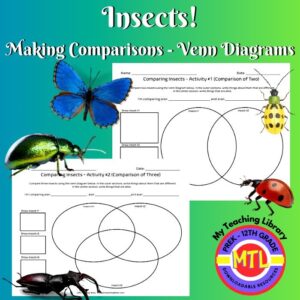
TWO ready to use Venn Diagram Science activities for students to use to compare 2 or 3 insects. On each, students will list the insects they will compare and contrast, draw a picture of each and then complete the Venn Diagram.
Extend the activity by asking students to write a paragraph or short report about their discoveries!
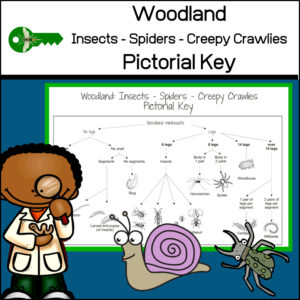
Students love entomology! What is that bug? Some may use the term MINI-BEAST. Is it an insect, a spider, a slug? “I found this bug in the woods, but what is it called?” To help answer student questions like these, here is an easy to use PICTORIAL IDENTIFICATION KEY!
Woodland minibeasts included on this picture guide: snail, worm, larvae (pupae), slug, beetle, earwig, aphid, weevil, harvestman, spider, woodlouse, centipede and millipede (all common creepy crawlies found in the woods)
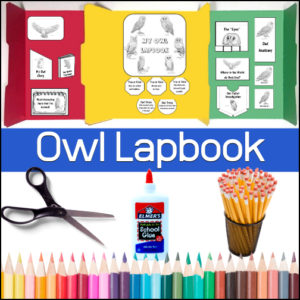
This engaging, hands-on project will give students the materials necessary to learn all about owls and create a great project to display their learning!
Suggested for 3rd-6th grades. (See description for more information)
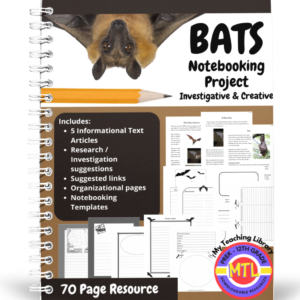
Studying bats? Here is a resource that will allow students to create a beautiful project that will show off what they’ve learned. This 70 page project unit can be used as a fully contained project resource (with no needed outside information required) or can be a launch for a full-blown research project using additional resources and includes:
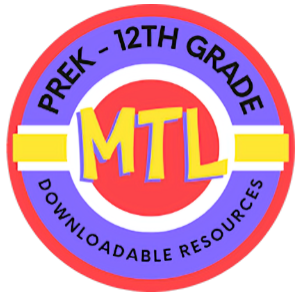

Reviews
There are no reviews yet.